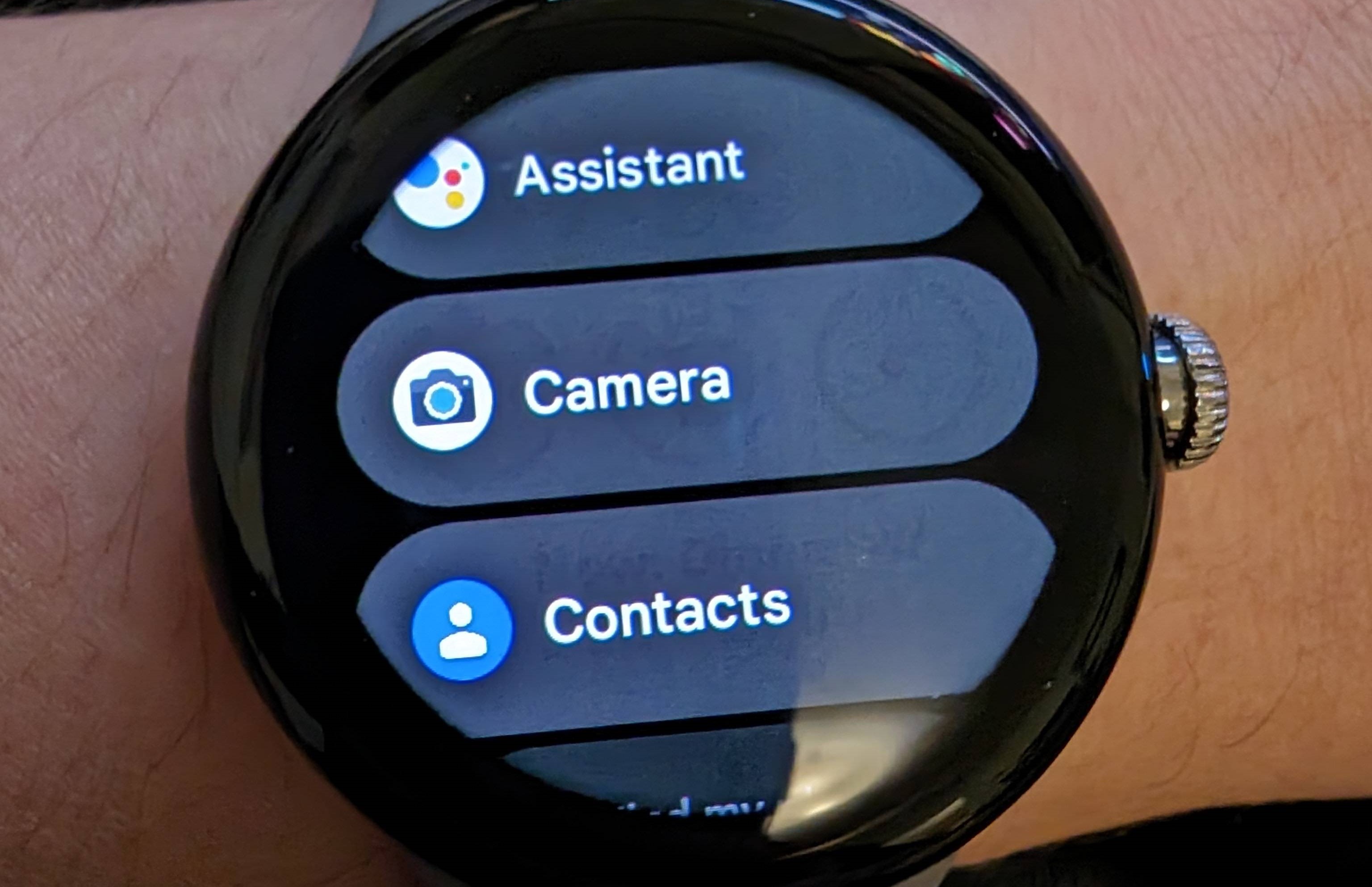Google just responded to Pixel Watch OLED burn-in complaints
The Google Pixel Watch has only been out for ten days, but many early adopters have expressed concern that faintly visible display artefacts are a sign of the kind of burn-in that worries OLED TV buyers.
A number (opens in new tab) of threads (opens in new tab) have popped up (opens in new tab) on Reddit (opens in new tab) documenting this issue, and even YouTuber M. Brandon Lee tweeted his experience of seeing faint images of the watch face in the Pixel Watch’s menu.
Looks like my Google Pixel Watch is suffering from burn in after using it for about a week now.Look at where the heart rate complication is and how it shows up in the pill of the app list.Bummer. #teampixel #giftfromgoogle @GooglePixel_US pic.twitter.com/PtDPzYnnHIOctober 20, 2022
So is this a problem that’s going to see a mass recall of Pixel Watches? No, says Google. 9to5Google (opens in new tab) got official word back from the company after experiencing the same issue on one of a number of Pixel Watches in the site’s possession.
“What you are seeing is image retention,” a Google statement reads. “It is a non-permanent issue that affects OLED displays. It is not a precursor to burn-in and should not be confused with burn-in.”
So what’s the difference between image retention and burn-in? The former will go away, whereas the latter is irreversible. “The image retention will go away but the longer it is on the screen the longer it will take to go away,” the Google statement continued.

Google says it has taken steps to reduce the likelihood of this image retention through a “software algorithm to shift the brightness of lit pixels” every minute. “This prolongs the time before image retention is seen and reduces the time for the image to disappear,” the company adds.
Even if it is harmless, what should users do to reduce the impact of image retention? It will vanish with a bit of time, Google says, but if you want to accelerate the process you can turn off the always-on display “and/or use bedtime mode for sleep so that the screen stays off overnight.”
In other words, use the screen less, which doesn’t feel like hugely welcome advice to those who just spent $350 on a smartwatch. All the same, it is at least positive that this doesn’t seem to be the first step towards full burn-in.
This isn’t the only Pixel Watch problem reported in its first few days. Not only did iFixit criticise its repairability and the “questionable durability” of the screen, but the calorie burn tracking appears to be overly generous as well. Not ideal when Google made a big deal of leaning on its Fitbit smarts for the Pixel Watch.
Despite this, we rather liked Google’s first home-made wearable. In our four-star Pixel Watch review, we praised its minimalist design, Wear OS implementation and wide selection of built-in Google services. “Bar none, it’s the best showing of Wear OS yet,” we wrote, which isn’t bad at all for a first-generation device.
For all the latest Technology News Click Here
For the latest news and updates, follow us on Google News.
